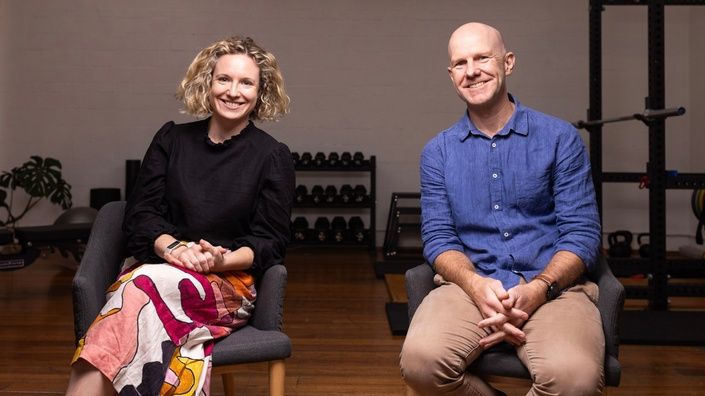Introduction
The Non-Operative ACL Masterclass, taught by Stephanie Filbay and Mick Hughes, provides acomplete overview of assessment and non-operative management of ACL injuries. ThisExecutive Summary provides clinically relevant, actionable information that may be useful tohealth professionals.
Part 1: ACL Injury Treatment - Myth Busting & Clinical Recommendations
ACL injury rates are rising in Australia with currently >2 million occurring annually. 90% of those with an ACL injury undergo surgical reconstruction. Clinicians should be aware of the many misconceptions regarding the perceived need for surgical management, so they can provide evidence-based education to their patients to help them make a well-informed decisions.
- ACL-injured people without serious concomitant injuries should have a ‘stepped care approach’ with a primary focus on rehab as the first line of treatment.
- Clinicians should understand the pros and cons of both operative and non-operative management to better educate and inform the patient.
- Having a period of rehab before surgery has been associated with better surgical outcomes.
Part 2 - Healing of ACL Rupture
There is evidence to suggest that there is capacity for a ruptured ACL to heal in as early as 3months post-injury. The Cross-Bracing Protocol showed promising results that up to 90% ofparticipants showed signs of healing at the 3-month mark.
- ACL healing potential may be greater than previously thought and should feature in ACLinjury management discussions between clinician and patient.
- Signs of ACL healing were associated with favorable clinical outcomes.
Masterclass Preview
Enjoy this free preview of Mick and Stephanie talking about non-operative brace-free exercise rehabilitation for ACL injuries.
Part 3 - Non-Operative Rehabilitation Considerations
After an acute ACL rupture, it is important to achieve a quiet knee and then focus on rebuilding limb symmetry and neuromuscular control, followed by a graded return to sport and long-term maintenance of exercises as the final phases. There are many rehab exercise options for both the Cross-Bracing Protocol and Brace-Free method.
- A quiet knee means pain ≤2/10 with ADLs, full active knee extension, knee flexion >120°, no more than grade 1 effusion, no quads lag on 10x straight leg raises and normalised gait patterns.
- Considerations for the Cross-Bracing Protocol include deep vein thrombosis, severity/symptoms of meniscus tears and/or lifestyle demands.
Part 4 - Non-Operative ACL Return to Pre-Injury Sport Pathway
The return to sport continuum starts with returning to participation, then returning to sport, followed by returning to performance. Return to sport testing involves a battery of strength, hopping and change of direction tasks. The athlete must meet the criteria for each test to be cleared for return to sport.
- When looking at limb symmetric index (LSI) in the single leg hop for distance test, athletes should be hopping near their body height. Don’t be satisfied if they achieve 90-95% LSI but are unable to hop close to their body height or to the demands of the sport.
- As clinicians, it is important to have long-term outlook discussions with your ACL patient to allow them to make the most informed decision about their journey.



